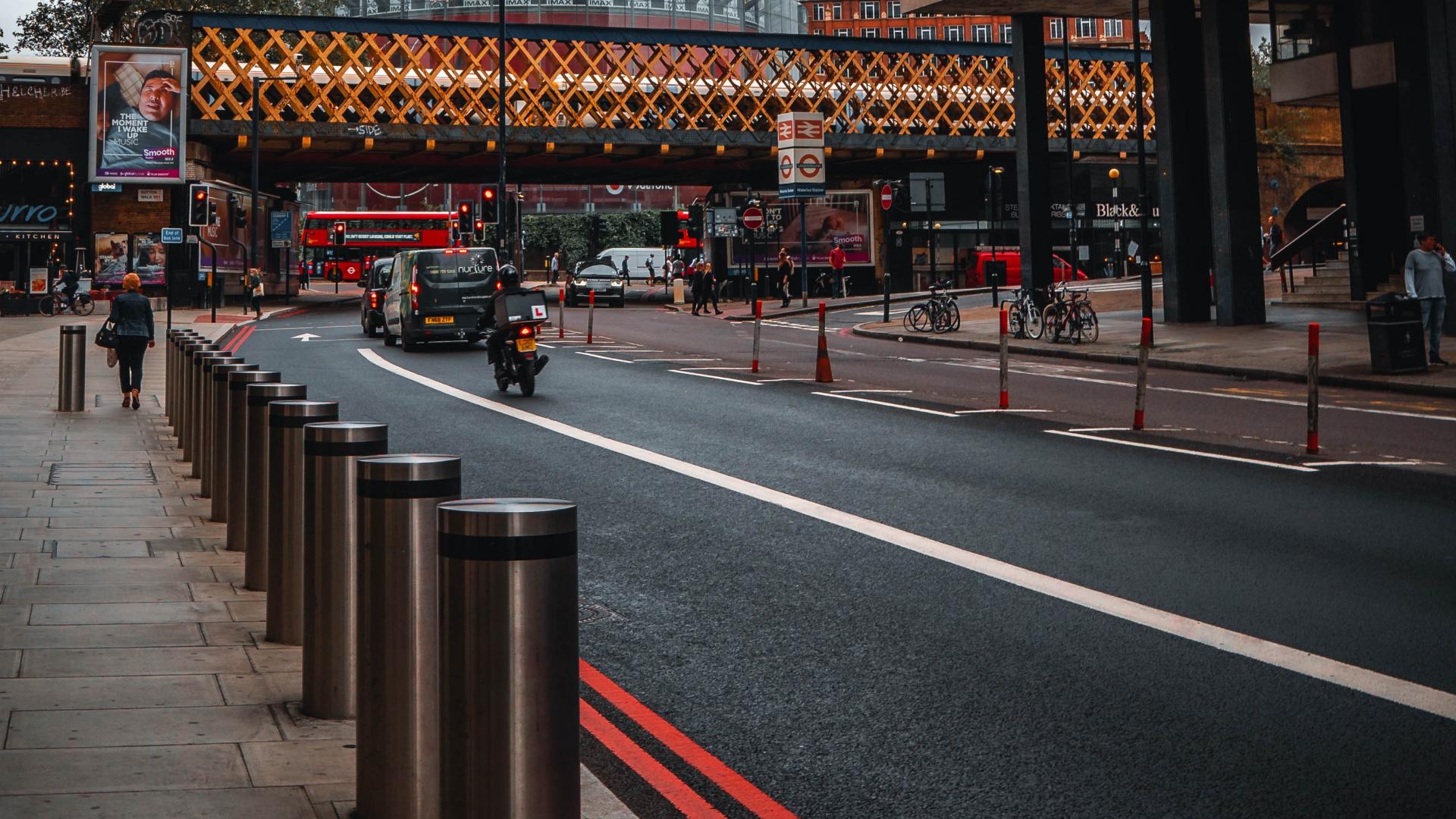While UK road safety has significantly improved in recent decades, falling from more than 6,000 road deaths in 1979 to fewer than 2,000 deaths in 2019, there is still a long way to go to ensure VRUs are not disproportionately at risk. Changes made to the Highway Code in January 2022, such as the establishment of a new hierarchy of road users, is a step in the right direction. However, to reap the benefits these changes intend to create, it is crucial that they are well understood. Without widespread awareness of the revised Highway Code amongst all road users, casualty numbers may not come down as hoped.
With a particular focus on the Highway Code, The Association of Consumer Support Organisations (ACSO) has compiled a report which explored the experiences of vulnerable road users while making numerous recommendations deemed necessary for the improvement of UK road safety.
The key recommendations of the report are as follows:
- A comprehensive public awareness campaign outlining recent changes to the Highway Code
- The introduction of technology which places vulnerable road users at the forefront
- Reconsideration of the 'exceptional hardship' loophole to ensure basic safety for all road users
- Focus on technology and improved infrastructure to best integrate e-scooters onto the roads
- Nationwide regulations to ensure pavements are a designated pedestrian safe space
- The extension of the Victims' Commissioner to include road crash victims to ensure they are given the aftercare and dignity they deserve
With someone killed or seriously injured every 22 minutes on UK roads, government and local authorities must have clear action plans to reduce accidents and ensure there are safe and segregated spaces for all modes of transport. Technology should be adopted and utilised where necessary to make the roads safer for all. Finally, the most dangerous road users must be taken off the roads and all others should be kept up to date with changes and guidance in the law.
